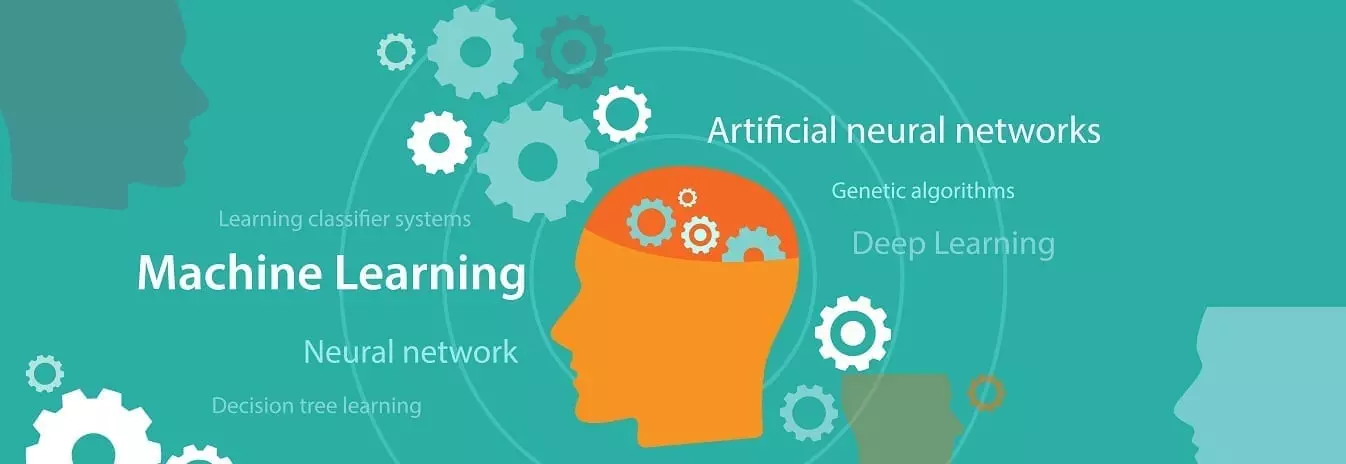
One of the most exciting technologies in the history of our species has to be that of artificial intelligence. The sheer, almost limitless potential for AI, machine learning and deep learning in almost every aspect of our world means that it is vitally important for us to learn as much as we can about AI and how it could affect us all in both the short and long term. In this series of articles, we’ll be looking at artificial intelligence, machine learning and deep learning and how these technologies could affect us both now and in the not-too-distant future.
Artificial intelligence (AI) is currently poised to be one of the most disruptive and revolutionary technologies the human race has ever invented. However, this is some confusion as to the different kinds of AI technologies being developed and implemented around the world.
A large part of this confusion centers around the concepts of machine learning and deep learning and their connection to artificial intelligence. What’s the difference between the two and what role do they play in the AI systems in place today? These are just a few of the questions surrounding both machine learning and deep learning.
In part one of this three-part series, we took a general look at artificial intelligence and how It is being used today, in this article, we’ll be looking at the difference between both machine learning and deep learning, how they work, and where they are most likely to be utilised within real-world scenarios.
So, let’s jump straight in.
Machine Learning
To start us off, let’s look at machine learning. You’ve more than likely come across the term machine learning before as its use and applicability have steadily grown over the past few years. To strip it down to the bare minimum, machine learning is about algorithms and how they interpret and use data.
To best understand how machine learning works, let’s use the example of how streaming services generate movie recommendations for their subscribers.
In order to recommend the types of movies individual subscribers would be interested in watching, machine learning algorithms analyse the viewing preferences of that individual and compare them with the data of other users with similar tastes in movies. The algorithm then learns which movies to recommend based on its experience of doing so.
The ability to learn from their own experience is what has made machine learning algorithms so attractive to businesses and enterprises in operating in a plethora of different occupational spaces, from finance and healthcare to farming and cyber security.
However, while machine learning algorithms are more than capable of improving their performance overtime, they do still need the occasional bit of human oversight. If their performance results are unsatisfactory or anomalous, humans will still need to step in and make adjustments or change certain parameters.
This changes as move into the territory of deep learning.
Deep Learning
Nowadays, machine learning and deep learning are used almost interchangeably, causing much confusion among those who may not already have a basic understanding of machine or deep learning. To be clear, deep learning is a branch of machine learning, which itself is a branch of artificial intelligence.
Now, how does deep learning differ from machine learning?
Deep learning works through analyzing data in a very similar way to the method used by the human brain. It is able to do this thanks to the way algorithms are structured in layers within what is known as an artificial neural network (ANN).
Artificial neural networks are inspired by the neural networks inside human brains and use a system of logic that means they are capable of higher levels of performance and accuracy than regular machine learning algorithms.
These artificial neural networks can also operate without direction from a human supervisor. Using ANNs, Google was able to build Alpha Go, a program that taught itself how to play the abstract Chinese game of Go and went on to beat several world-renowned Go masters without any assistance from human beings.
Using their ANN brain, deep learning programs are able to determine whether the predictions and performance of their own algorithms are accurate or optimal, making them one of a tiny selection of technologies that could go on to one day power full artificial general intelligence.
How Are They Used?
Both machine learning algorithms and deep learning artificial neural networks are currently being utilized today in various industrial and commercial sectors around the world and looks set to continue to revolutionize the way we work and live way into the Fourth Industrial Revolution and beyond!
Machine learning algorithms are now found in many smart and IoT security and video analytics systems as part of facial recognition and behavioral prediction systems and have shown to significantly enhance the quality and performance of the devices they are included in.
One of the biggest recent successes with deep learning algorithms has been in translation technologies. The ability to collect information in one language and convert it into both a text translation and spoken word translation in real-time while taking into account the differences in both the idiolect and sociolect of the original to provide context is something that took quite a while to get to where it is, but, has proven vastly worth the initial effort.
Deep learning is also utilized within chatbots such as Alexa and Cortana and, as we briefly mentioned in part one, the popularity of these AI-powered virtual assistants could well mean their development helps to drive even further research and investment into advancing the promising and potential-filled branches of artificial intelligence that are machine learning and deep learning.
In part three of this series, we’ll be looking at the future of artificial intelligence. Where is this technology going? What should we plan for? And what do we need to know now about advanced automation, quantum machine learning and superintelligence?






